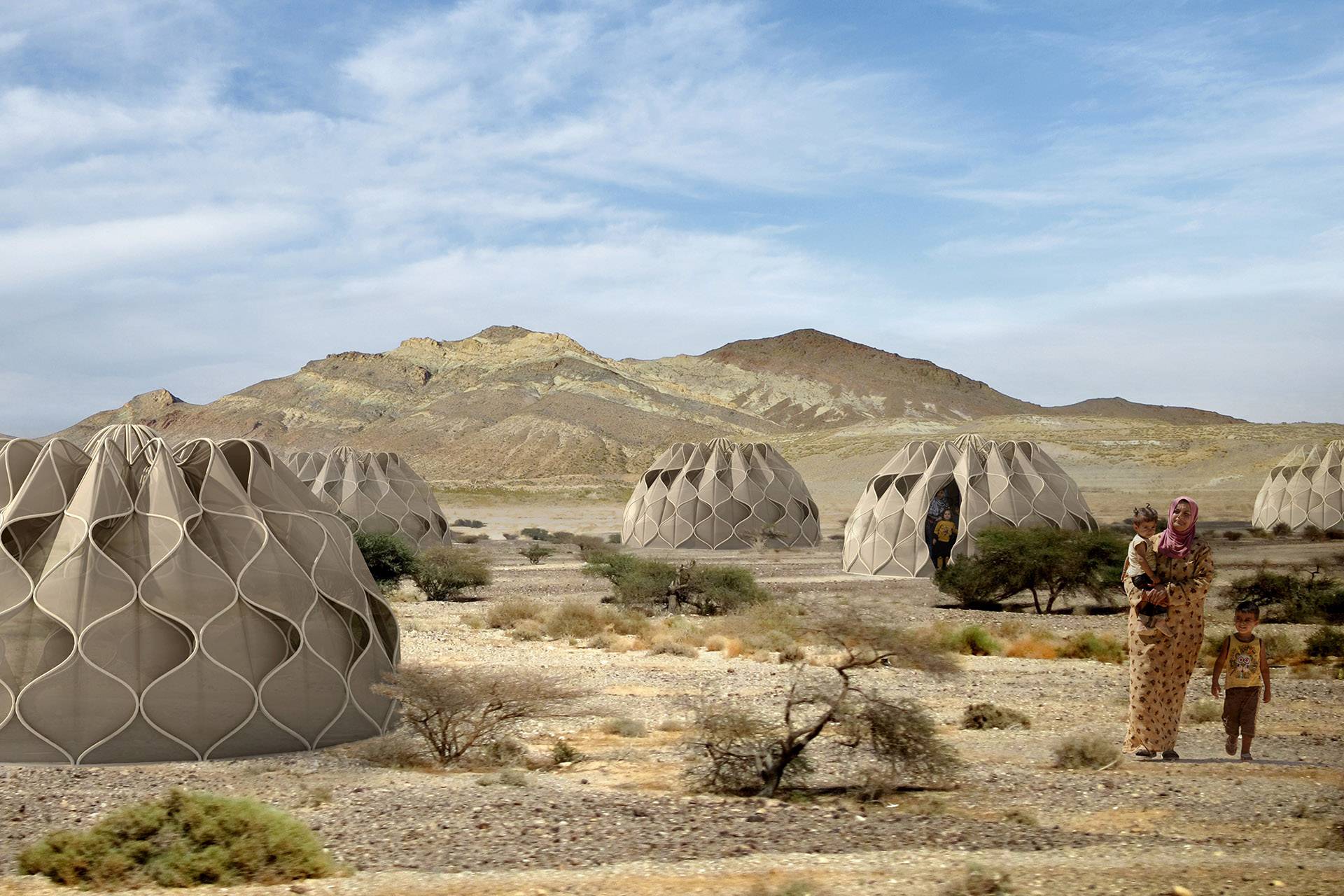Raın Water Collectıng And Solar Energy Storıng Tents
In the previous issues, we mentioned similar recycling products. But among them, the most advanced system so far appears in these tents. Seeing what people think miracles do, it becomes impossible not to admire. Especially considering homelessness and the crowd of refugees in our country, it is absolutely necessary.
Imagine a world, a country that helps people who have no place to live with simple solutions. Think of what we can offer to people and animals who have to stay on the streets, especially as we enter the cold winter.
Since 2011, the Syrian Civil War has created, according to the United Nations, one of the most devastating humanitarian disasters in the world, with an estimated 13.5 million refugees displaced internally or estimated outside Syria. Faced with basic shelter and the challenge of finding a home to live in, the award-winning, Jordanian Canadian architect Abeer Seikaly was inspired to find a solution to help change these refugees’ lives.
This design, called Woven House, uses a unique structural fabric made of high-strength plastic pipes molded to sine wave curves that can be expanded and coated under different weather conditions. It is also easy to disassemble to ensure mobility and ease of transport. In addition, the tent can also collect rainwater and provide basic needs, such as showering, as the waters from which it is collected are filtered into the storage pockets located on the sides.
Thanks to its innovative engineering design, the tent also stores solar energy and can be stored in special batteries and converted into electrical energy. The project is still under development since 2013, but Seikaly says he hopes it will be ready for refugees soon after the plan is completed.
The reason it takes so long is to incorporate capabilities such as collecting water and collecting solar energy from the challenges of transforming design into a product. Abeer Seikaly is a renowned architect, artist, designer and cultural producer. In 2002, he received his Bachelor of Architecture and Fine Arts from the Rhode Island School of Design.
Now I ask you; Is there such a thing as impossible? Why not see such actions in our country? What we see in the images are not ugly structures, especially in areas where the population is small, we think there should be such camping areas.



